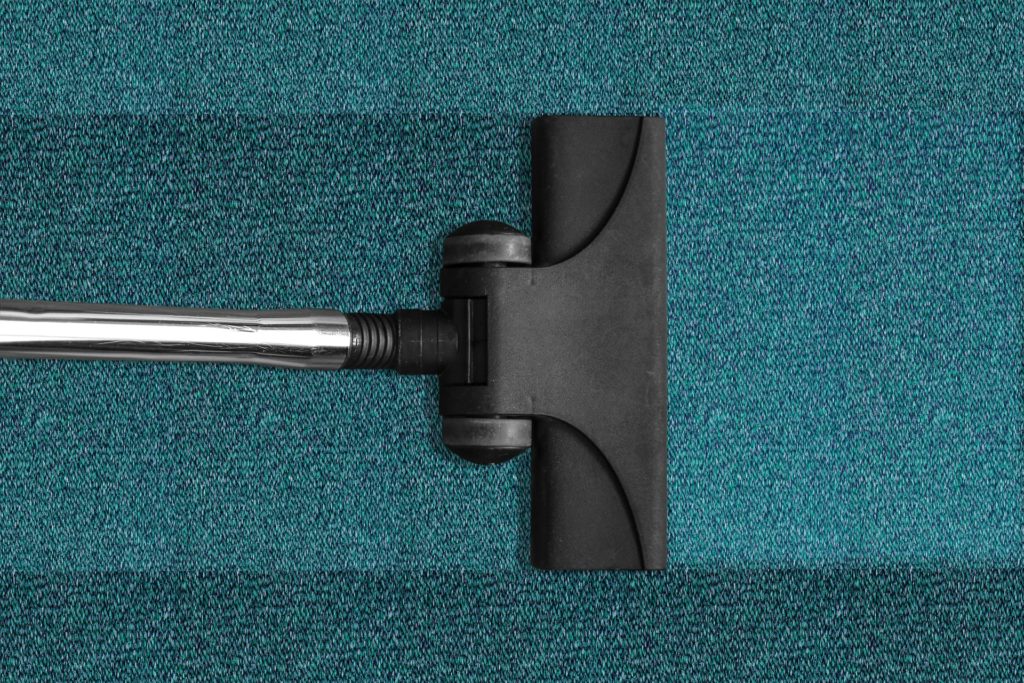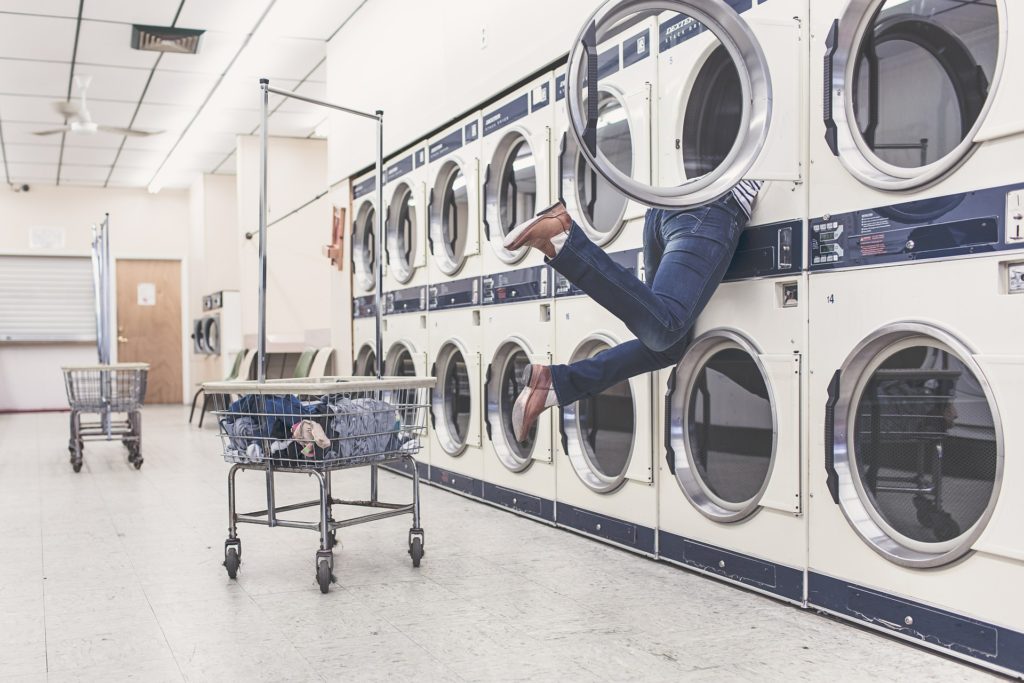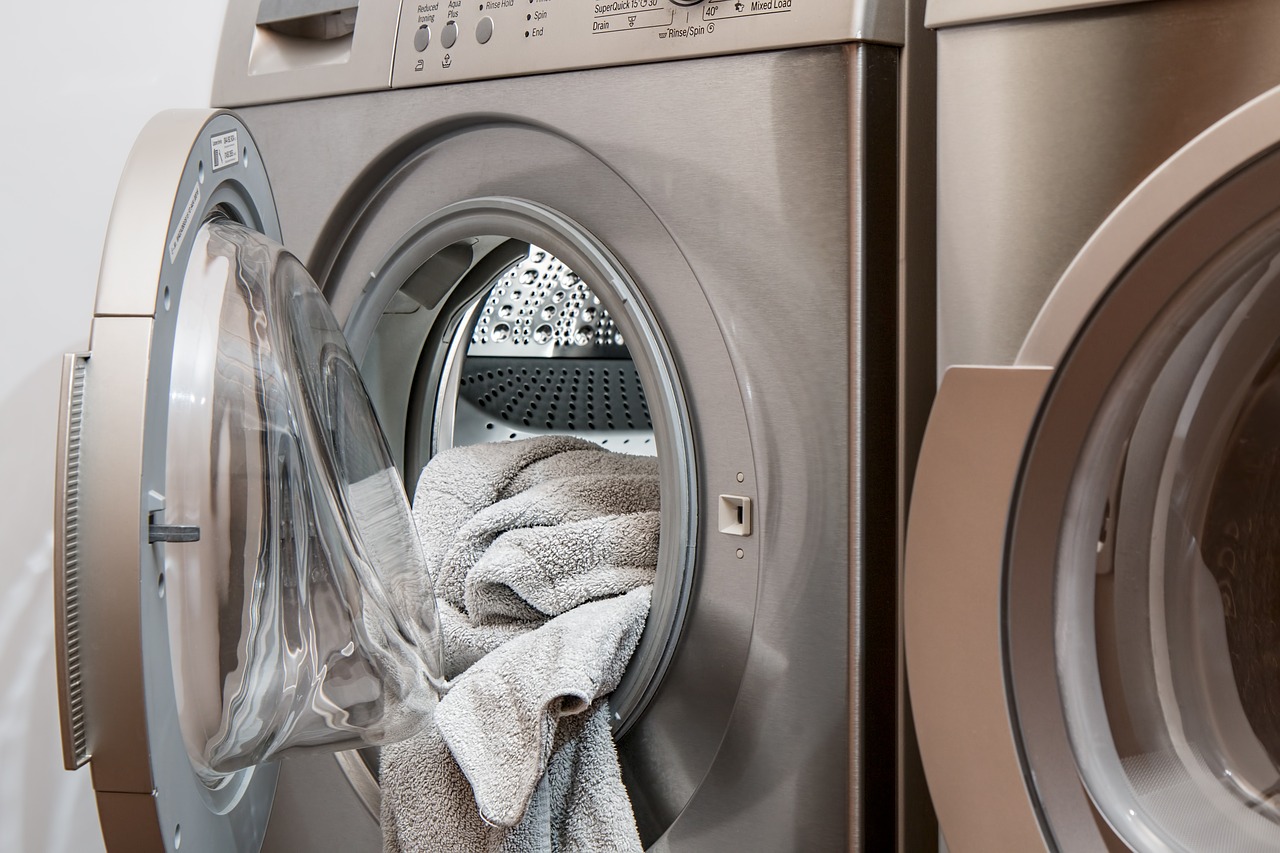Termite tenting is one of the most effective ways to get rid of a termite infestation. But it’s not a simple procedure. A lot of preparation is needed before the tenting itself, and there will be a lot of cleaning to do afterwards. But why do you need to clean after termite tenting exactly?
Why do you need to clean after termite tenting?
Termite tenting, also known as termite fumigation, covers your home with a tent and bombs it with a gas that kills termites. The problem is that this gas is dangerous not just to the termites, but also to you, your pets, and your plants.
The entire termite tenting process also lasts days. The gas will be on your property for a long time. It will have a lot of opportunities to seep through your walls and personal items. Even though pest control professionals have procedures to ensure the safety of their processes, you can never be too sure.
A recent study even showed that there have been 59 incidents of sulfuryl fluoride-related illnesses after termite tenting in California from 2003 to 2014. Out of these incidents, about a hundred people have experienced symptoms and 7 have died.

How do you clean after termite tenting?
Sure, termite tenting is effective. But it can be deadly if you are not careful. It’s important to remove the traces of the fumigant gas before you completely settle back in your home. Here are 10 ways to clean your home after termite tenting.
1. Hire a professional cleaner before settling in
If you don’t want to be hands-on, you can always hire someone to do the cleaning for you. Hire a professional cleaner. Your professional pest controller has been doing termite tenting for a long time. It’s not farfetched to think that they know a professional cleaner who knows how to clean effectively after termite tenting.
But if your professional pest controller doesn’t know anyone, you can always look for one yourself.
2. Smell around your property and try to find unusual odors
The fumigant gas sulfuryl fluoride is trapped inside your property for 18-24 hours, depending on a lot of factors – such as the size of your home. This is a long time. The gas will have a lot of opportunities to really seep through your walls to kill the termites and through your linens and personal items. If you smell something unusual around your property, the gas may not have completely dispersed.
Consult your professional pest controller on what to do, but you would probably not be able to stay in your home.
3. Consider staying elsewhere for a few more days
If your home has not been cleaned or if it seems like it still has signs of the fumigant gas, consider staying longer at your place of accommodation.
This is why it’s also important to look for accommodation even before the entire termite tenting process begins. Also, take your pets and plants into consideration. They can’t stay in your home too because the fumigant gas is just as toxic to them.
4. Open your windows to aerate your home
Your professional pest controller will aerate your home. It’s part of the termite tenting process. They will check too if it is safe for you to come home. But you can never be too sure, especially because there have been cases of illnesses and deaths.
The least you can do is to aerate your property more. Leave your windows open. Let the fresh air in and the toxic air out.
5. Look for consumables that may be contaminated
You and your professional pest controller will prepare your home’s interior for tenting. Part of the preparation is wrapping consumables or putting them in places where they can’t be exposed to the fumigant gas. But nobody is perfect. You may have missed some consumables.
Throw away foods and drinks that have been exposed to the fumigant gas.
6. Look for items that may have been exposed to the fumigant gas
The most commonly exposed items are linens – bed sheets, curtains, and the like. Many people seem to forget about them, but they can be very dangerous if they are contaminated with the fumigant gas. After all, you are likely to get in close contact with these, especially bed sheets, clothes, and pillowcases.
Put them together in a bag for laundry later.
7. Vacuum all surfaces and collect dead pests
The fumigant gas will kill not just termites, but also other pests that may have been on your property during the termite tenting process. Vacuum them up.
It’s still wise to vacuum all surfaces even if you don’t see dead pests. Give particular attention to the floor, cupboards, drawers, and furniture like beds, chairs, and sofas.
8. Wipe the surfaces with a damp cloth
You should also wipe these surfaces with a cloth damp with a vinegar-water solution. Simply mix vinegar and water in a 1:1 ratio in a bowl and dunk the cloth there. Make sure to use a cloth you are comfortable throwing away. This is because you will need to throw away the cloth after using it to wipe the surfaces.
Also, give particular attention to objects that you may constantly touch, like door knobs and handles.
9. Mop the floor with soapy water
Vacuuming the floor may not be enough. It’s a good idea to use a mop damp with soapy water. And don’t forget your bathrooms. Remember that they are just as exposed to the fumigant gas as the other parts of your home.
10. Do the laundry
The last thing you should do is to bring the bag with your exposed linens to your nearest laundry. It’s best to visit a commercial laundry just for the added protection. After all, your own washer and dryer have been exposed to the fumigant gas too. If you have not wiped them properly, they may end up contaminating your already-contaminated linens.
But using your own washer and dryer will suffice if you have cleaned them properly.

Clean your home after termite tenting
Termite tenting can leave traces of the fumigant gas in your home even if the professional pest controller follows the safest procedures. This can be dangerous to your health. To ensure your safety, it’s best to clean up after termite tenting.
If you follow the methods outlined above; you and your family will be safe from the dangers of post-fumigation.


What about dishes, pots and pans, cups, utensils, salt and pepper shakers – basically, anything used for food? And is food itself safe in the refrigerator/freezer?
Hi Eric,
As mentioned in our article, ‘it’s important to remove the traces of the fumigant gas before you completely settle back in your home.’ So, after fumigation — after airing your house thoroughly — you could hire a professional cleaner (recommended to you by the pest controller that carried out your fumigation). or if you do it yourself, you would need to give your house a thorough cleaning and that would include pots, plates, pans, dishes, glassware, etc. Remember that the fumigants used can penetrate into every nook and cranny — even in fridges and freezers and cupboards, etc. So, all items such as food, pet food, and medicines — for example — not adequately packaged (including those items in refrigerators and freezers) must either be removed from the place being fumigated or sealed in protective ‘fumigation’ bags.
I hope this helps.
Hi Eric,
I hope you are well. This is just a very quick follow-up to my answer dated 20th of December. We have just published a new article that may help you further: https://www.dealwithpests.com/does-termite-fumigation-ruin-stuff/
I hope this helps. If you have any other questions, please post them here.
Best wishes,
Deal With Pests
What about beds and couches? Should they be removed before tenting for Termites?
Hi Kim,
Thanks for getting in touch. We have a whole article on preparing for termite tenting and you can read it here: https://www.dealwithpests.com/termite-tenting-preparations/
I hope this helps.
Best wishes
Deal With Pests
Thank you for the information about cleaning after Vikane! I’ve had a question for a while that I haven’t found an answer for and I’m hoping you have it. If Vikane’s water solubility is very low, can soap and water together remove any lingering residue in clothing, on surfaces, and on plates and other kitchen items? You also mention vinegar water and I believe somewhere I saw a reference to borax. Do any or all of those added to water improve Vikane’s water solubility?